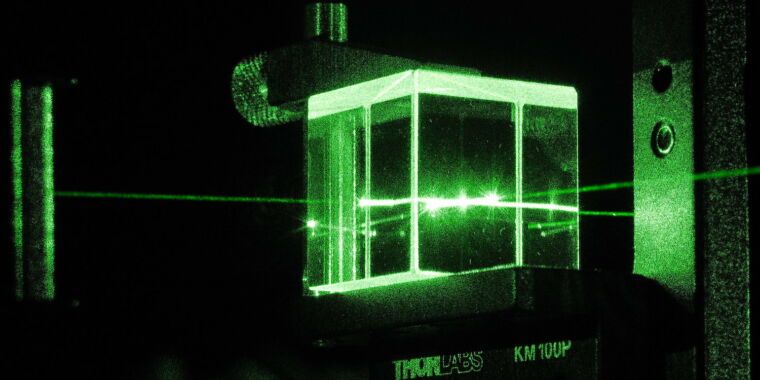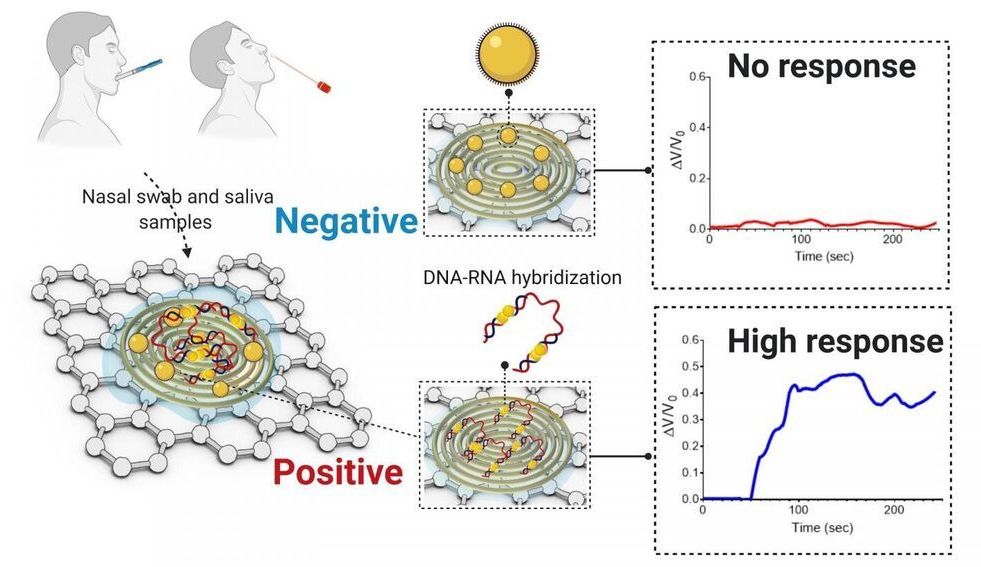This theoretical engine could drastically reduce the cost of getting to space. Now two companies are trying to make it real.
Get the latest international news and world events from around the world.

Artificial intelligence is not about hype, it will not ‘fade away’ over time — Putin
“We are allocating serious resources, both financial and administrative ones, on creation and development of technologies. It is not about spending these funds, purchasing high-status gadgets and other household appliances. Artificial intelligence is not about a so-called fashion hype or a prestigious trend, that will fade away, vanish tomorrow or the day after tomorrow. No, this will not happen,” the president noted.
He recalled that “global history knows many cases when large, global corporations and even countries literally slept through a technological breakthrough and were swept off the historical stage overnight.”
“We must remember this. I want my colleagues in ministries, departments, regions of the Russian Federation, in state companies, research centers and universities to hear me now: we have to tackle issues of a fundamentally new level of complexity,” the head of state said.

Aussie flying car ambulance to launch in 2023
“According to a statement from CareFlight on today’s launch, the zero-emission vehicle’s cruising speed is 300 kilometres per hour and its range 250 kilometres (electric-powered) or 800 kilometres (hydrogen-powered).”
A Bankstown Airport-headquartered startup, AMSL Aero, has officially launched its electric air ambulance, the Vertiia. The vertical takeoff and landing (or VTOL) vehicle — a flying car — is under development through a two-year CRC-P project, supported by a $3 million grant. It is led by AMSL, with partners CareFlight, University of Sydney and Mission Systems. According to a statement from CareFlight on today’s launch, the zero-emission vehicle’s cruising speed is 300 kilometres per hour and its range 250 kilometres (electric-powered) or 800 kilometres (hydrogen-powered).Co-founder Andrew Moore said the potential applications were vast, but they have initially targeted the area of greatest current need: providing rapid access to medical services for vulnerable remote, rural, and regional communities.

Iran: Satellite-controlled machine gun used to kill top nuclear scientist
“” Martyr Fakhrizadeh was driving when a weapon, using an advanced camera, zoomed in on him,” Fadavi said, according to Reuters.
“Some 13 shots were fired at martyr Fakhrizadeh with a machine gun controlled by satellite… During the operation artificial intelligence and face recognition were used,” he said. “His wife, sitting 25 centimeters away from him in the same car, was not injured.”
“The machine gun was placed on a pick-up truck and was controlled by a satellite,” he added.”
🧐🤨
An Iranian senior commander was quoted as saying that a satellite-controlled machine gun and artificial intelligence were used to kill the country’s top nuclear scientist.
The semi-official Tasnim news agency quoted Ali Fadavi, the deputy commander of the Revolutionary Guards, saying on Sunday that scientist Mohsen Fakhrizadeh was hit with “some 13 shots” in an attack that resulted in his death, Reuters reported.



Paper-based electrochemical sensor can detect COVID-19 in less than five minutes
As the COVID-19 pandemic continues to spread across the world, testing remains a key strategy for tracking and containing the virus. Bioengineering graduate student, Maha Alafeef, has co-developed a rapid, ultrasensitive test using a paper-based electrochemical sensor that can detect the presence of the virus in less than five minutes. The team led by professor Dipanjan Pan reported their findings in ACS Nano.
“Currently, we are experiencing a once-in-a-century life-changing event,” said Alafeef. “We are responding to this global need from a holistic approach by developing multidisciplinary tools for early detection and diagnosis and treatment for SARS-CoV-2.”
There are two broad categories of COVID-19 tests on the market. The first category uses reverse transcriptase real-time polymerase chain reaction (RT-PCR) and nucleic acid hybridization strategies to identify viral RNA. Current FDA-approved diagnostic tests use this technique. Some drawbacks include the amount of time it takes to complete the test, the need for specialized personnel and the availability of equipment and reagents.


Why are some scientists turning away from brain scans?
NEW YORK (AP) — Brain scans offer a tantalizing glimpse into the mind’s mysteries, promising an almost X-ray-like vision into how we feel pain, interpret faces and wiggle fingers.
Studies of brain images have suggested that Republicans and Democrats have visibly different thinking, that overweight adults have stronger responses to pictures of food and that it’s possible to predict a sober person’s likelihood of relapse.
But such buzzy findings are coming under growing scrutiny as scientists grapple with the fact that some brain scan research doesn’t seem to hold up.
